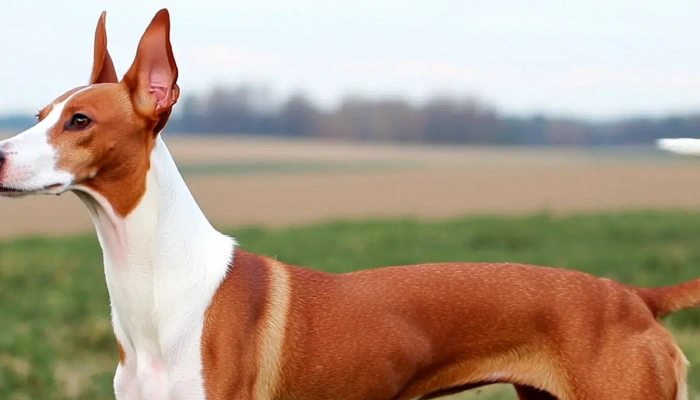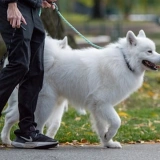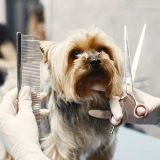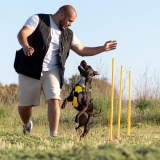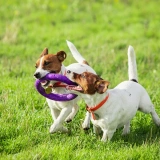The Ibizan Hound is a highly alert and intelligent sighthound with a strong prey drive. Known for being quieter than many hunting breeds, it typically bonds closely with its family but remains somewhat aloof with strangers.
They are fast, agile, and easily distracted by movement—meaning recall training and secure fencing are non-negotiable. Early socialization and positive, reward-based training help shape their behavior and ensure reliability in various situations.
Their short or wirehaired coat (both types exist) is low-maintenance, and the breed tends to be odor-free. Ibizans are also known for their cat-like grace and ability to leap great heights from a standstill.

